The second Chernobyl threat in the region : Armenians prepare "dirty bomb"
Azerbaijan has long stated that the Metsamor nuclear power plant in Armenia, which dates back to the Soviet era and has expired for a long time is a major threat to the region.
Unfortunately, the international community is indifferent to the catastrophic problem in the region and does not take any steps to stop the operation of the old nuclear power plant. Over time, it turns out that Armenia's goal in maintaining the nuclear power plant is not related to the country's energy supply, but to the implementation of dirty plans. Thus, new information has recently been spread about official Yerevan's attempt to make a "dirty bomb". Armenian media have again raised the issue of Metsamor, relating it to the revenge plans of some forces after a 44-day heavy defeat.
Note, back in 2016, former Armenian Prime Minister Grant Bagratyan voiced his opinion that the country would use its nuclear capabilities to create a new bomb. Although it was noted at the time that giving Armenia the opportunity to build a nuclear weapon was unrealistic, the idea of making dirty bombs from waste was welcomed by the Armenian society. Some politicians even considered it a requirement of the day. It is true that later the officials of the occupying country tried to spread information about these dirty plans. Speaking in Moscow, the former director general of the Armenian nuclear power plant Movses Vardanyan said that it was a rumor and that the news on such a bomb was exaggerated. Thus, it is possible to make dirty bombs, but the information is still exaggerated.
Four years after the scandal, Grant Bagratyan again made a statement, commenting on his country's defeat in the war in December 2020:
"We are talking about the non-use of Armenia's strategic weapons in the war. Personally, I accuse Prime Minister Nikol Pashinyan for not using the powerful weapon in the war. We are talking about our nuclear waste. If they were used, we could prevent the advance of the Azerbaijani army. Moreover, he was given suggestions and information about it ... ”
Bagratyan is convinced that although Pashinyan was repeatedly offered to use this method, he did not consider it acceptable to use a dirty bomb - a banned weapon, and instead, he preferred to lose the war.
Apparently, the development of dirty bombs from the nuclear waste of Metsamor, which is now called the "Second Chernobyl" in the world, has always been a priority for Armenia. Even the fact that the former prime minister stated that his country was one step away from using such a method during the war, it must be a serious signal to the world.
The international community and the international media, which almost exaggerated the damage to the walls of any church and presented it as a tragedy to the world, remain silent in the background of these threatening and dangerous statements. Apparently, as a result of this reassurance, Yerevan has already started to send open messages to the public that it is preparing a dirty bomb. Yesterday, Armenian news outlet- news.am published an article about the prospects of making a bomb from Metsamor's radioactive waste.
Addressing the recent meeting of the parliamentary standing Committee on regional affairs and Eurasian integration, Deputy Minister of Territorial Administration and Infrastructure Hakob Vardanyan said the Metsamor NPP produced a significant amount of radioactive waste during its operation, as well as radioactive fuel that is not classified as "industrial waste".
The deputy minister made the aforementioned statement while responding to a question from Mikael Melkumyan, head of the parliamentary Commission and MP from Prosperous Armenia Party, on a possible use of this waste for military purposes.
In particular, Melkumyan asked whether the radioactive waste from the Armenian nuclear power plant could be used for military purposes, for example, to increase the country's defense capabilities and the capabilities of the self-defense system.
Melkumyan asked: “Can we start enriching them [radioactive waste]? Do we have a chance? Are we able to provide the appropriate technological level for this purpose?”
In his response, Deputy Minister Vardanyan said in this case one can only talk about radioactive fuel stored in dry warehouses.
“The answer to your question is, in theory, always “yes”. Nevertheless, I cannot talk about the technical implementation of this initiative, since I’m not an expert in this field. We know from chemistry lessons that plutonium is a key element in making an atomic bomb, and it is formed by burning uranium. However, I cannot say how we can achieve this and what technological advances we need to use for this purpose,” Vardanyan added.
At the same, the deputy minister found it difficult to answer the question about whether Armenia could make a technological leap to achieve this goal.
Baku has repeatedly stated that the outdated Metsamor NPP is an open threat not only to Azerbaijan, but to the entire region, and has raised this matter at the international level. Unfortunately, the international community, especially the International Atomic Energy Agency, has not taken appropriate actions in this regard.
The first energy unit of Metsamor NPP started producing power in 1976, and the second in 1980. Although the construction of the 3rd and 4th power units of the NPP started in 1983, the process was stopped after an accident in 1986 at the Chernobyl nuclear power plant. Due to the serious crisis in Armenia, the country decided to resume the operation of the nuclear power plant in 1993, and two years later the second power unit was commissioned. Currently, only the second power unit of the NPP is operating.
Bütün xəbərlər Facebook səhifəmizdə




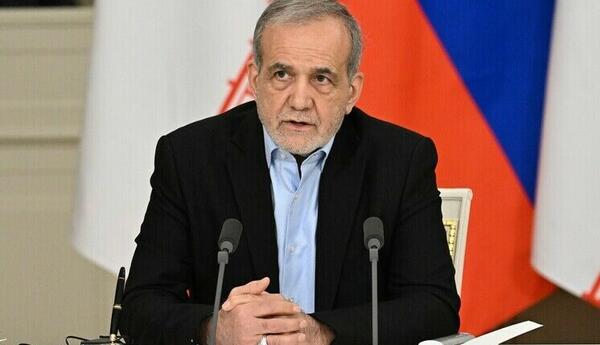


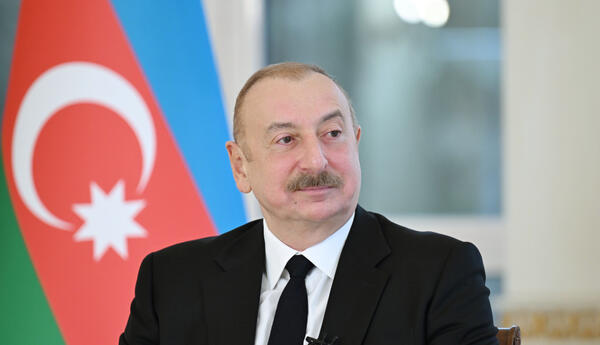
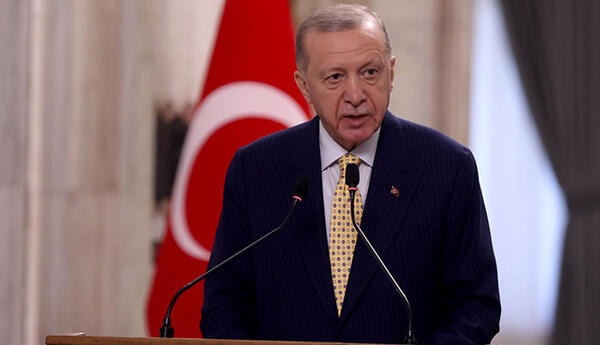
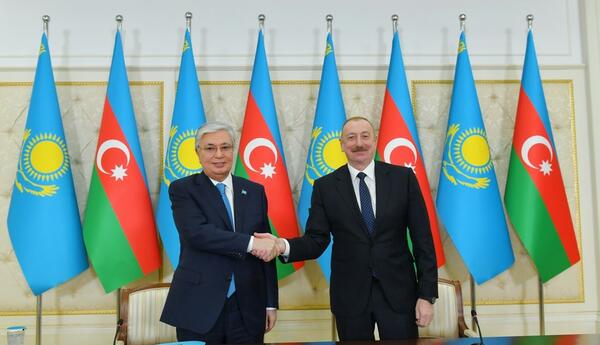


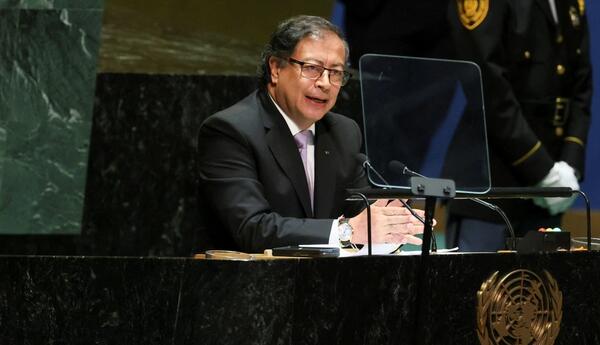

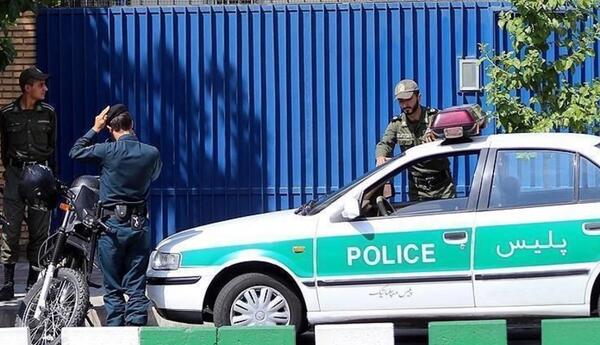









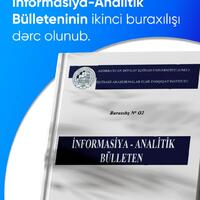





 USD
USD
 EUR
EUR
 GBP
GBP RUB
RUB
